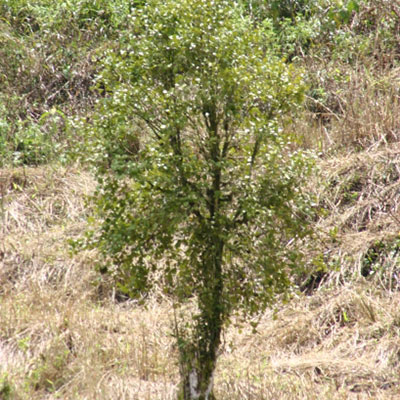
Filo de Paxi, a line of mountains to the west of San Juan Bosco, the route to the recently discovered lake GENESIS.
This hike is for the REAL adventurous, as the trail still is in the works! Come along and see Jungle Dave and Carlìn Marìn at our best, as we hack through the jungle guided by a GPS, an old topographic map, and the desire to survive!
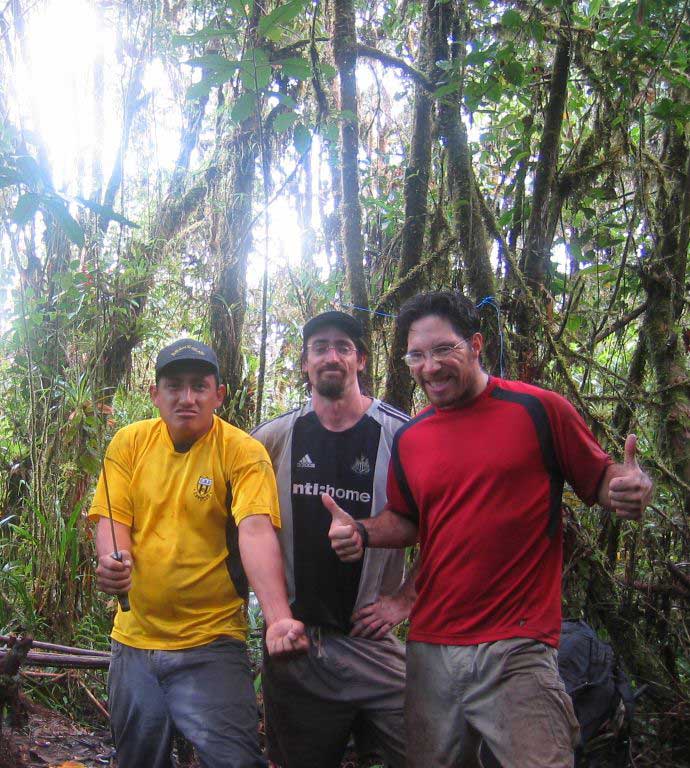
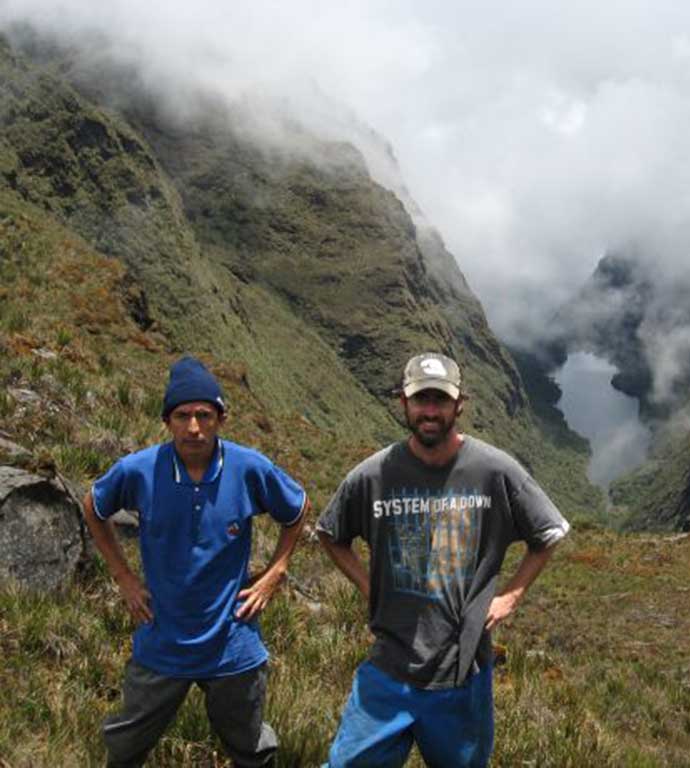

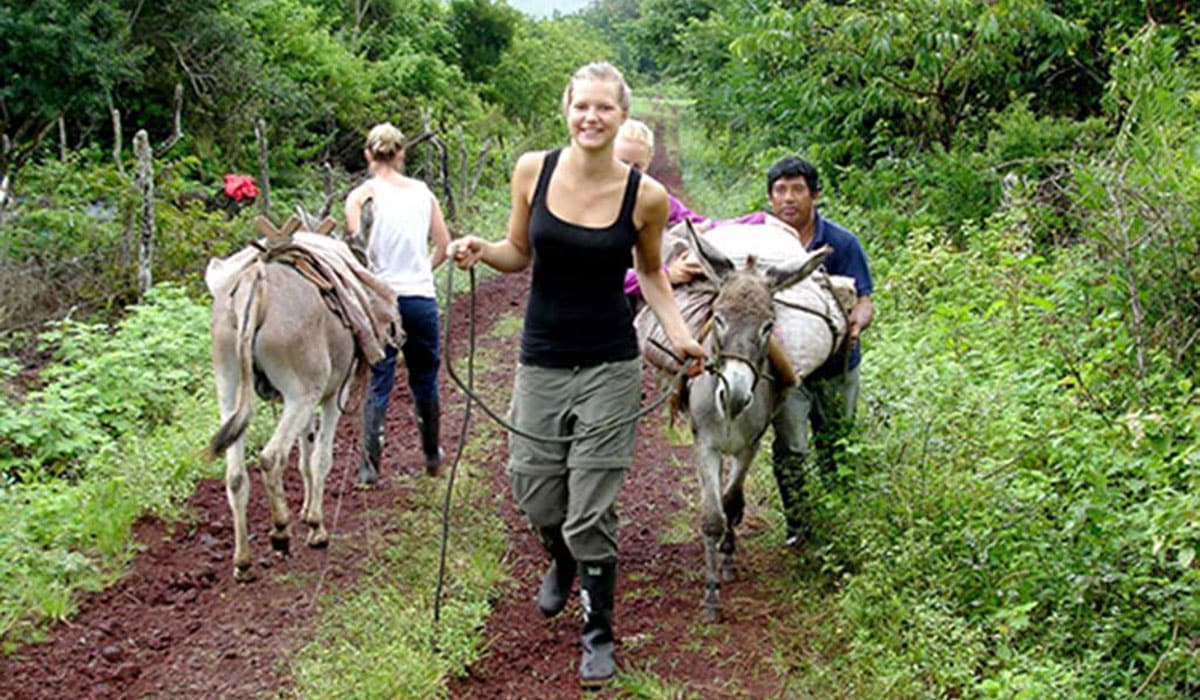
Wakambeis is approximately 2 hours south of San Juan Bosco by car. From the community, the caves are an additional 20-30 minute walk. The trip requires an overnight stay in Wakambeis, accommodations being the Community House, and food being prepared by a local family. The hiking conditions vary with the weather, and can best be described as MUDDY.
The hike to the community involves following a trail through actively farmed land with interspersed areas of primary and secondary jungle. On any given hike, 40 different species of birds can be seen, several blooming orchids, and other spectacular sights.
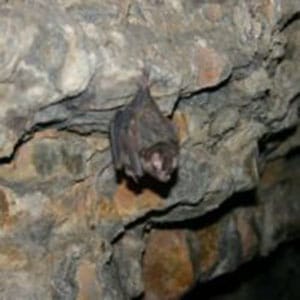
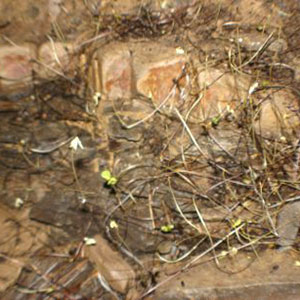
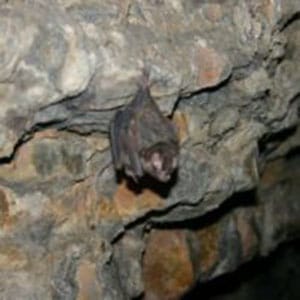
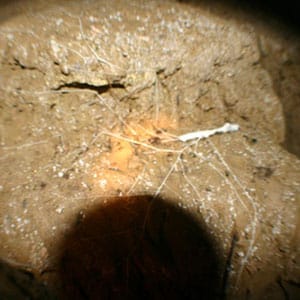
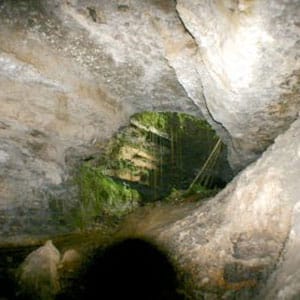
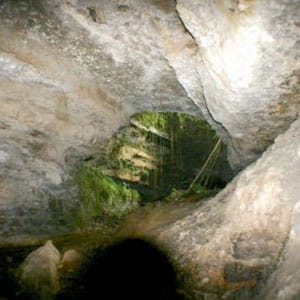
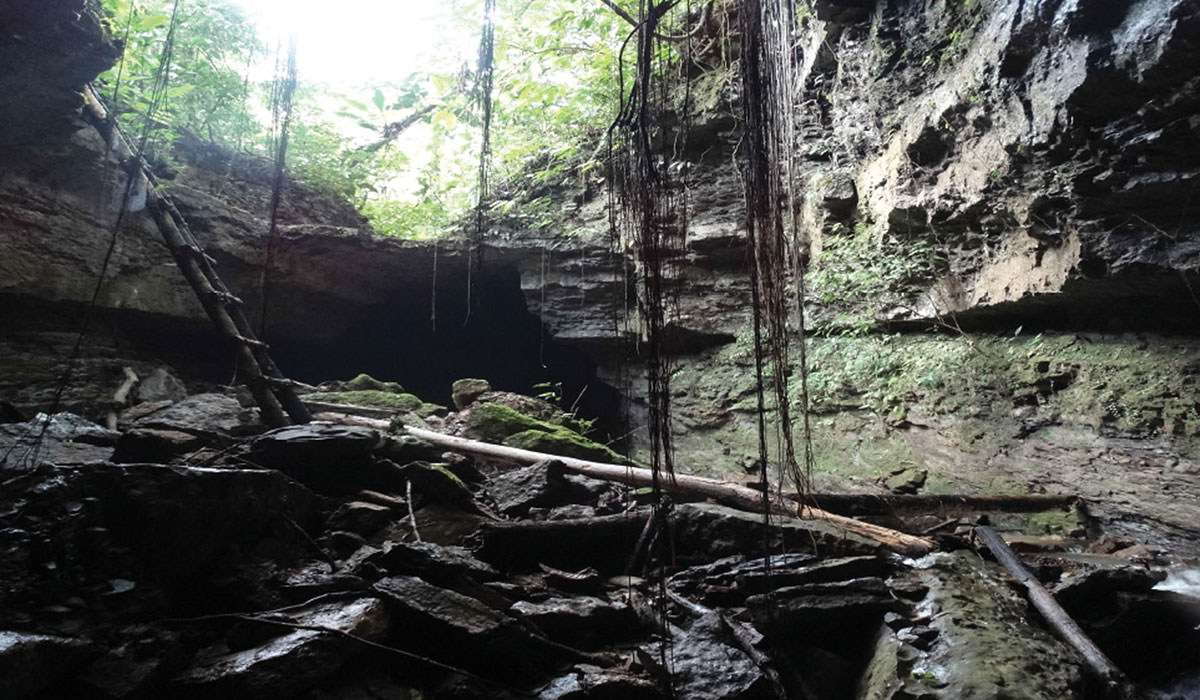

Wakambeis is approximately 2 hours south of San Juan Bosco by car. From the community, the caves are an additional 20-30 minute walk. The trip requires an overnight stay in Wakambeis, accommodations being the Community House, and food being prepared by a local family. The hiking conditions vary with the weather, and can best be described as MUDDY.
The hike to the community involves following a trail through actively farmed land with interspersed areas of primary and secondary jungle. On any given hike, 40 different species of birds can be seen, several blooming orchids, and other spectacular sights.









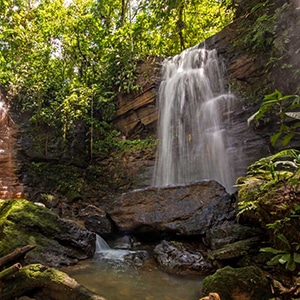

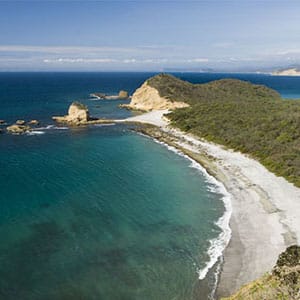



Cedar trees are highly sought after for wood, since they grow straight up, and reach such enormous sizes. Within the context of eco-systems, these trees house numerous diverse species, from birds, orchids, bromeliads, etc.
The reforestation plan of 80 acres deforested over the last 50 years includes the purchasing of cedar trees native to the area, and planting along streams and steep areas to prevent further erosion.
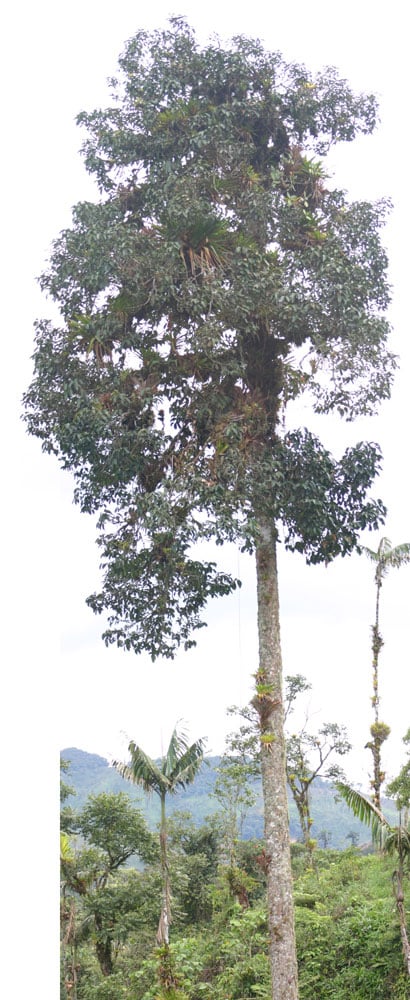
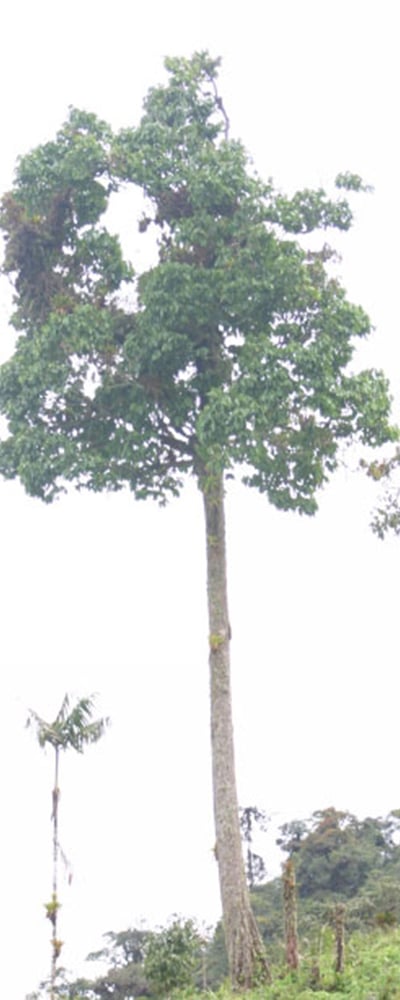
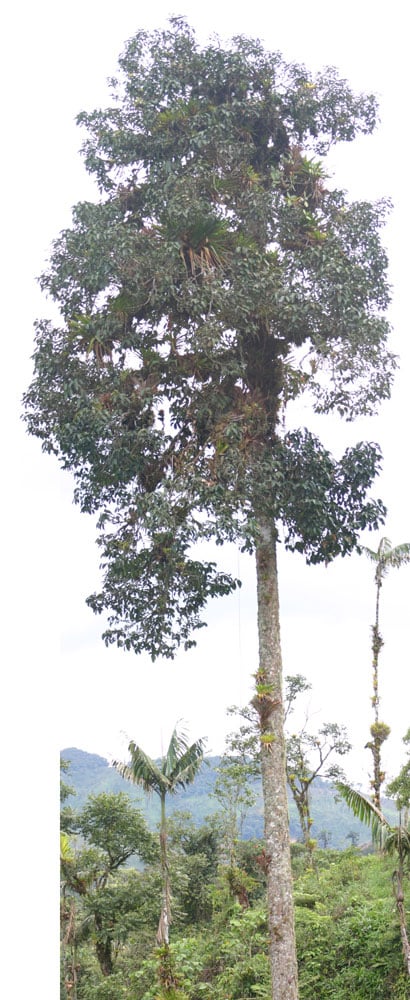
Cedar trees are highly sought after for wood, since they grow straight up, and reach such enormous sizes. Within the context of eco-systems, these trees house numerous diverse species, from birds, orchids, bromeliads, etc.
The reforestation plan of 80 acres deforested over the last 50 years includes the purchasing of cedar trees native to the area, and planting along streams and steep areas to prevent further erosion.



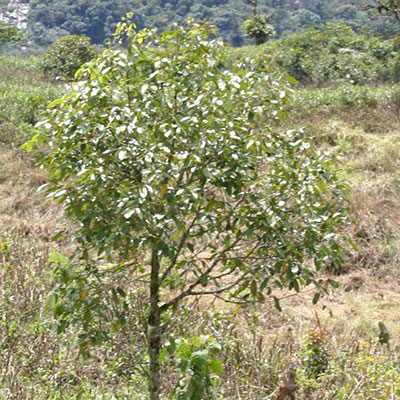
The reforestation plan includes the cataloging of adopted trees, including bird species identified nesting in the trees, as well as other flora and fauna supported. This work will involve local High School students, educating them on the wonders of the ecosystem which they are a part of, and the importance of its protection.
Adopt one of these trees, and help reforest the rainforest. Its not too late!!
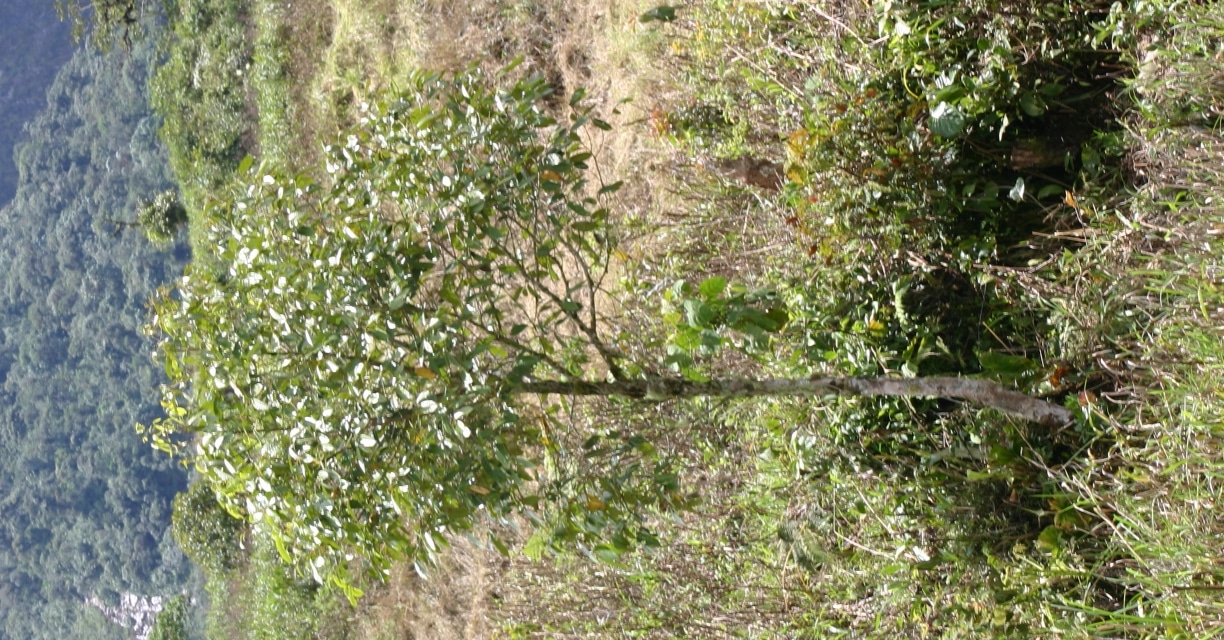
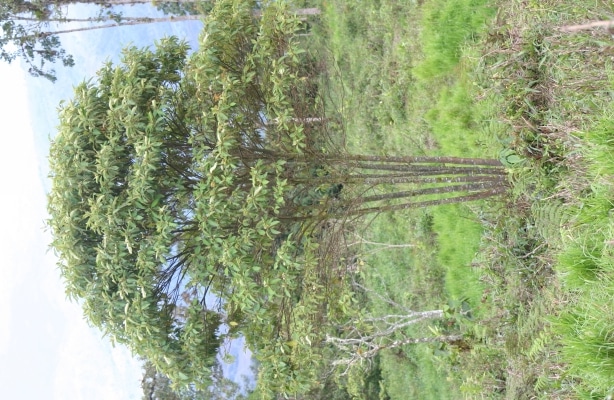
Chontilla trees are beautiful top heavy trees, which grow slowly by producing 4 large intricate leaves at a time, which then grow to almost 6 feet in length! The leaves were sought after by Shuar and early settlers to the area for use in constructing roofs. When dried, the leaves are stacked several high and used in constructing shelters.
Chontilla trees provide shade for resting reforesters, a great relief from the brutal Ecuadorian sun, or heavy rains. Silver beak tanagers are often found perching on top of these trees.
Adopt one of these trees, and help reforest the rainforest. Its not too late!!
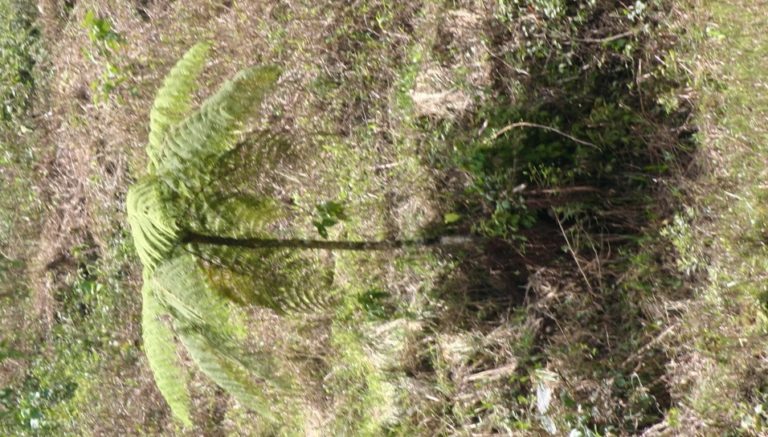
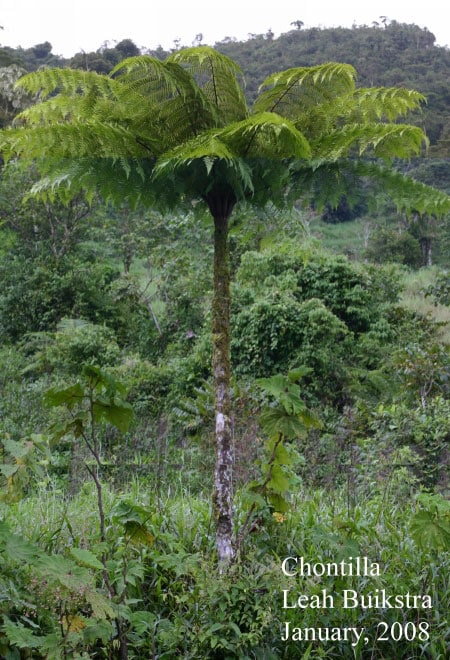
Adopt one of these trees, and help reforest the rainforest. Its not too late!!
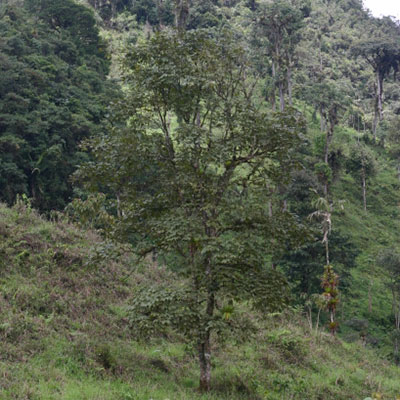
Adopt one of these trees, and help reforest the rainforest. Its not too late!!

Adopt one of these trees, and help reforest the rainforest. Its not too late!!
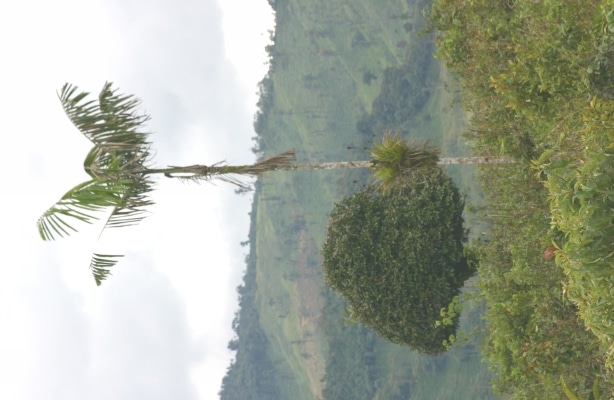
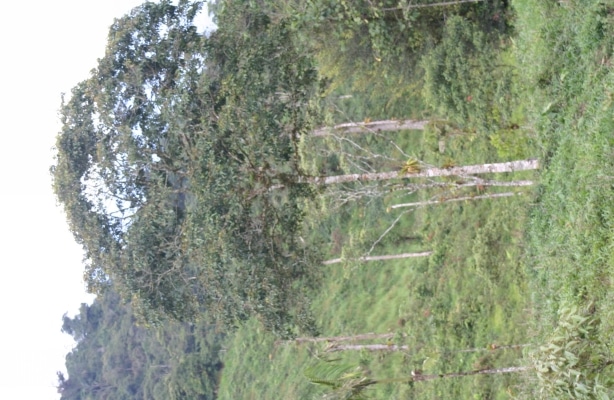
Adopt one of these trees, and help reforest the rainforest. Its not too late!!


Nogal trees are commonly referred to as Walnut trees of South America. Interestingly, they shed all of their leaves once a year (April to May), then rapidly produce more leaves and grow new branches, yet there is no significant climate change in these months.
Adopt one of these trees, and help reforest the rainforest. Its not too late!!
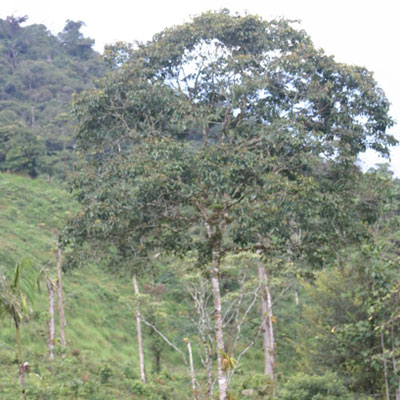
Nogal trees are commonly referred to as Walnut trees of South America. Interestingly, they shed all of their leaves once a year (April to May), then rapidly produce more leaves and grow new branches, yet there is no significant climate change in these months.
Adopt one of these trees, and help reforest the rainforest. Its not too late!!

Pambils often are found with large bromeliads on the sides of them. Several bird species, primarily Orphondolas (locally known as Boogalas) construct nests out of the leaves.
Other than wood, people use the seeds for jewwlry, and the leaves to construct thatch-like roofs.
Adopt one of these trees, and help reforest the rainforest. Its not too late!!
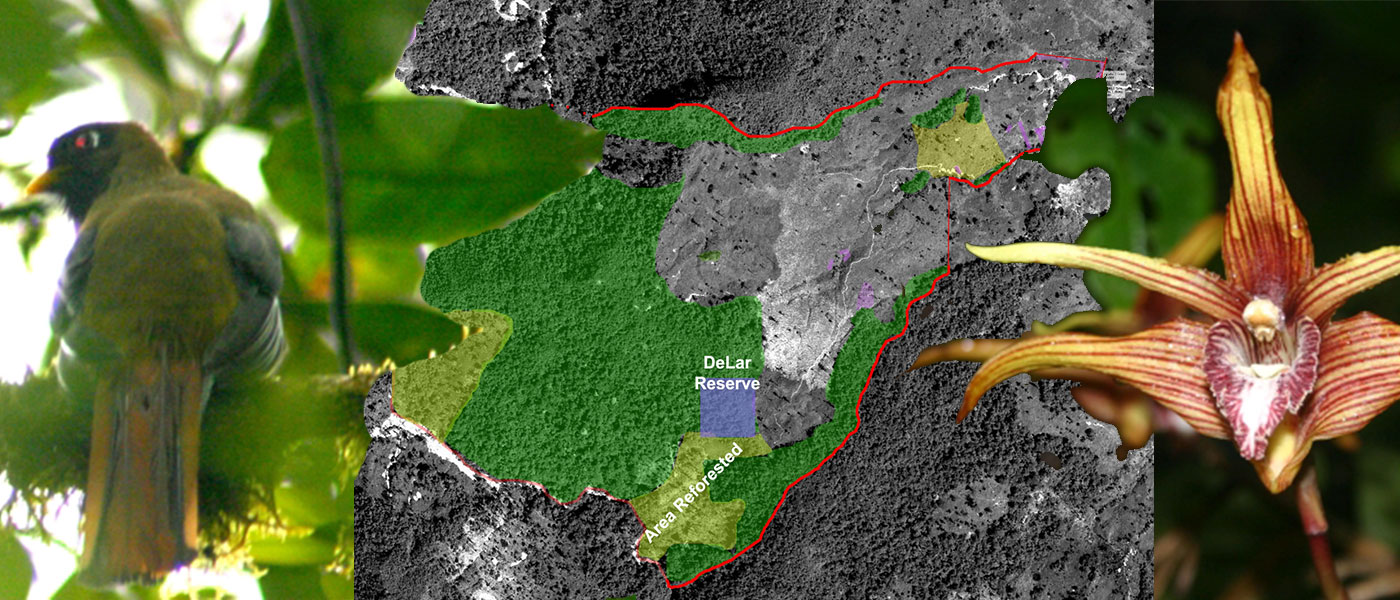
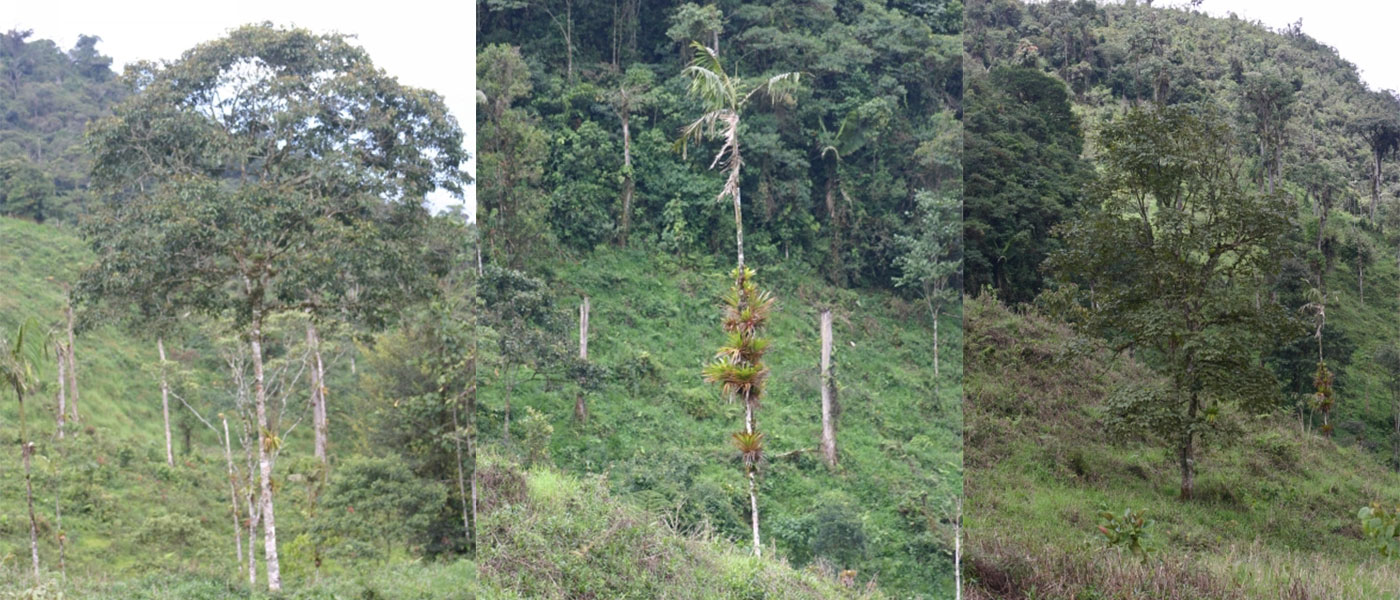
Porotillo trees are moer common at higher altitudes, this one shown here found at over 5,700 feet. Mosses also grow on the bark and interspersed among the branches provide a growing environment for orchids and smaller bromeliads.
Adopt one of these trees, and help reforest the rainforest. Its not too late!!
